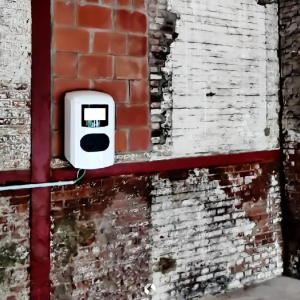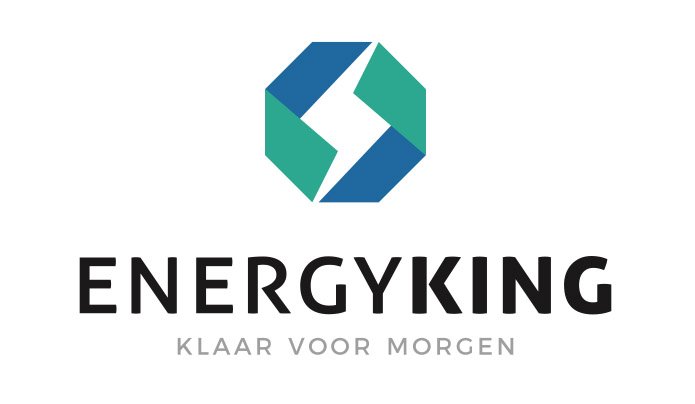In the rapidly evolving world of electric cars, the choice between fast charging or slow charging is becoming increasingly crucial. As an electric vehicle owner, you are faced with the question: which charging method best suits my lifestyle and needs? Let's take a closer look at these two approaches and discover which one is best for you.
Fast Charging: The Pros and Cons
Fast charging is the solution for those on the go who need to refill their battery quickly. This type of charging uses powerful charging stations. These are capable of transferring impressive amounts of energy in a short period of time. This means you can get a significant range in a relatively short pit stop.
However, fast charging convenience comes at a price. Some electric cars may experience a higher degree of battery degradation with fast charging. This can affect overall battery life in the long run. Also, fast-charging stations are not yet as widespread as regular charging stations. As a result, you will need to plan your route carefully.
Slow Loading: The Benefits of Patience
Slow charging is the more traditional method. This is the case when you charge your electric car at home at night or for longer periods at regular charging stations. While it does not have the immediate impact of fast charging, it offers several advantages.
Slow charging is generally kinder to battery life. It provides a more constant flow of energy. This is beneficial to the health of battery cells. In addition, regular charging stations are ubiquitous. So you can easily charge your car during daily activities, such as shopping or work.
The Importance of Lifestyle and Use
When choosing between fast charging and slow charging, it is crucial to consider your own lifestyle and driving habits. If you regularly travel long distances and speed of charging is essential, fast charging may be the obvious choice.
On the other hand, if you take mostly local trips and have the luxury of charging at home at night, slow charging may be the more sustainable option. Not only is it kinder to your battery, but it also uses the available electricity more efficiently.
Conclusion: A Balanced Approach
Ultimately, the choice between fast charging and slow charging is not a strict dichotomy. For many owners, a balanced approach may be ideal. Reserve fast charging for those times when speed is crucial, while relying on slow charging for everyday use to ensure the health of your battery.
Clearly, the evolution of charging infrastructure and battery technology will further influence this choice in the future. But for now, it is important to understand that the best charging method depends on your individual needs and how you use your electric car.
In the dynamic world of electric driving, there is no one-size-fits-all solution. So, take the time to evaluate your needs, research the available charging options and choose the method that best suits your lifestyle and driving habits. ⚡️🔋 #ElectricDriving #chargingTechnology #SustainableMobility





